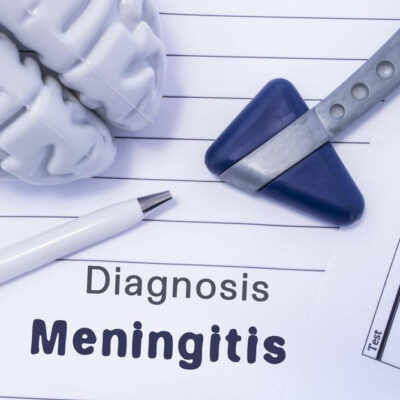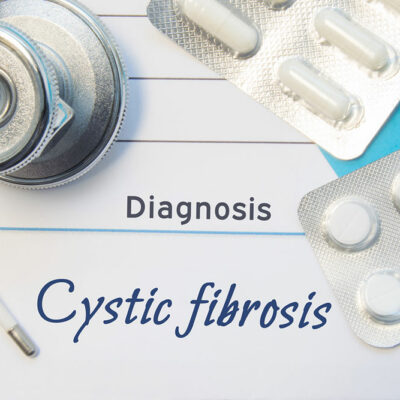
General Health
Common causes and risk factors of meningitis
Meningitis is a disabling ailment that involves swelling in the membranes, known as meninges, which surround the brain and spinal cord. The acute inflammation can cause troublesome symptoms such as headache, fever, and a taut neck. Few cases of meningitis resolve on their own without much need for treatment. On the other hand, some cases require immediate medical help. If not treated adequately, they can prove to be life-threatening. In this article, we will have a look at some of the most common causes of meningitis. Common causes of meningitis Mostly, meningitis is caused due to viral infections. However, it can also be caused by bacterial or fungal infections. Almost all acute cases of meningitis are caused due to bacterial infections and, thus, they need proper antibiotics treatment. Bacterial meningitis Occasionally, bacteria can enter the bloodstream and cause inflammation in the brain and the spinal cord. On the other hand, sometimes, bacteria can directly invade the membranes through ear infections, sinus, or skull fractures. The most common bacteria that cause meningitis include: Streptococcus pnuemoniae – This is the most prevalent cause of bacterial meningitis in children and adults in the country. This type of bacteria commonly results in a sinus infection or pneumonia.
Read More 















